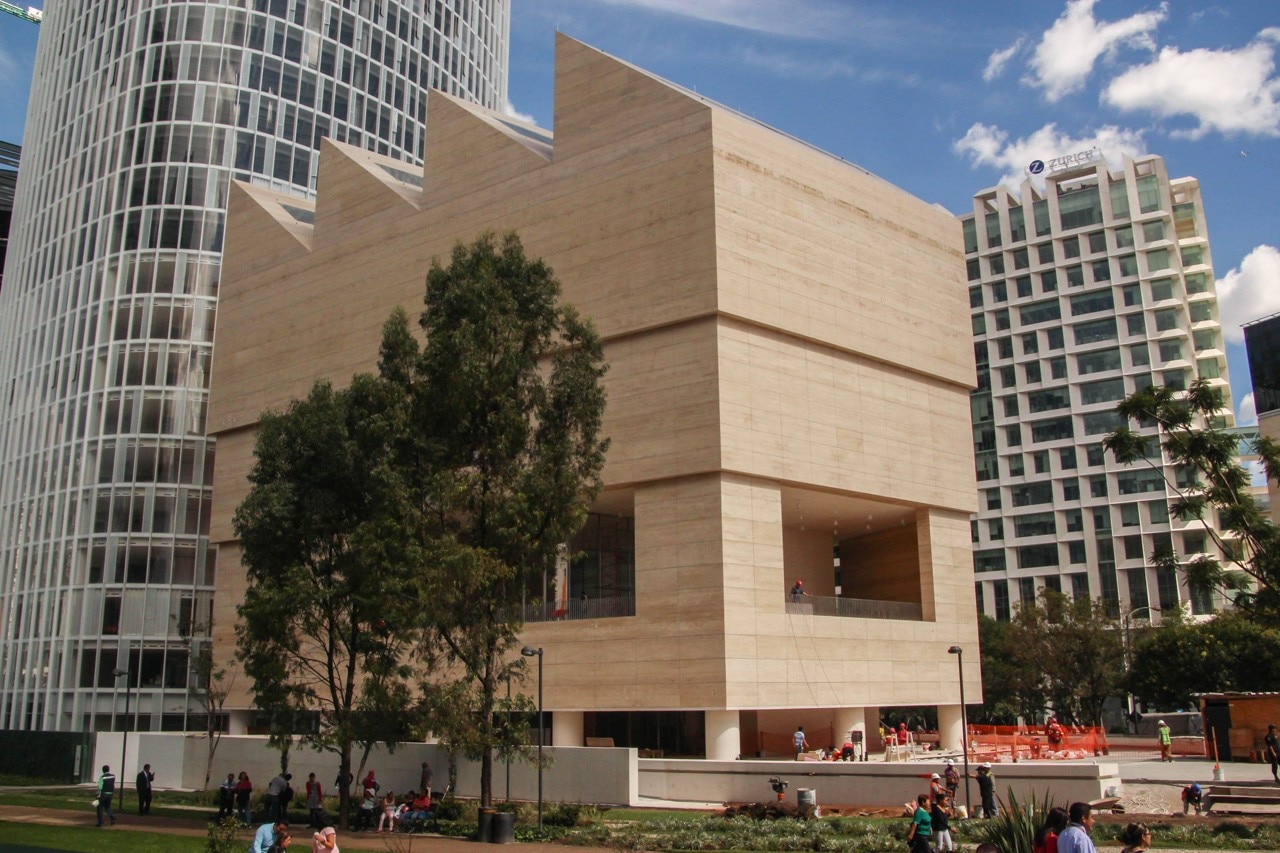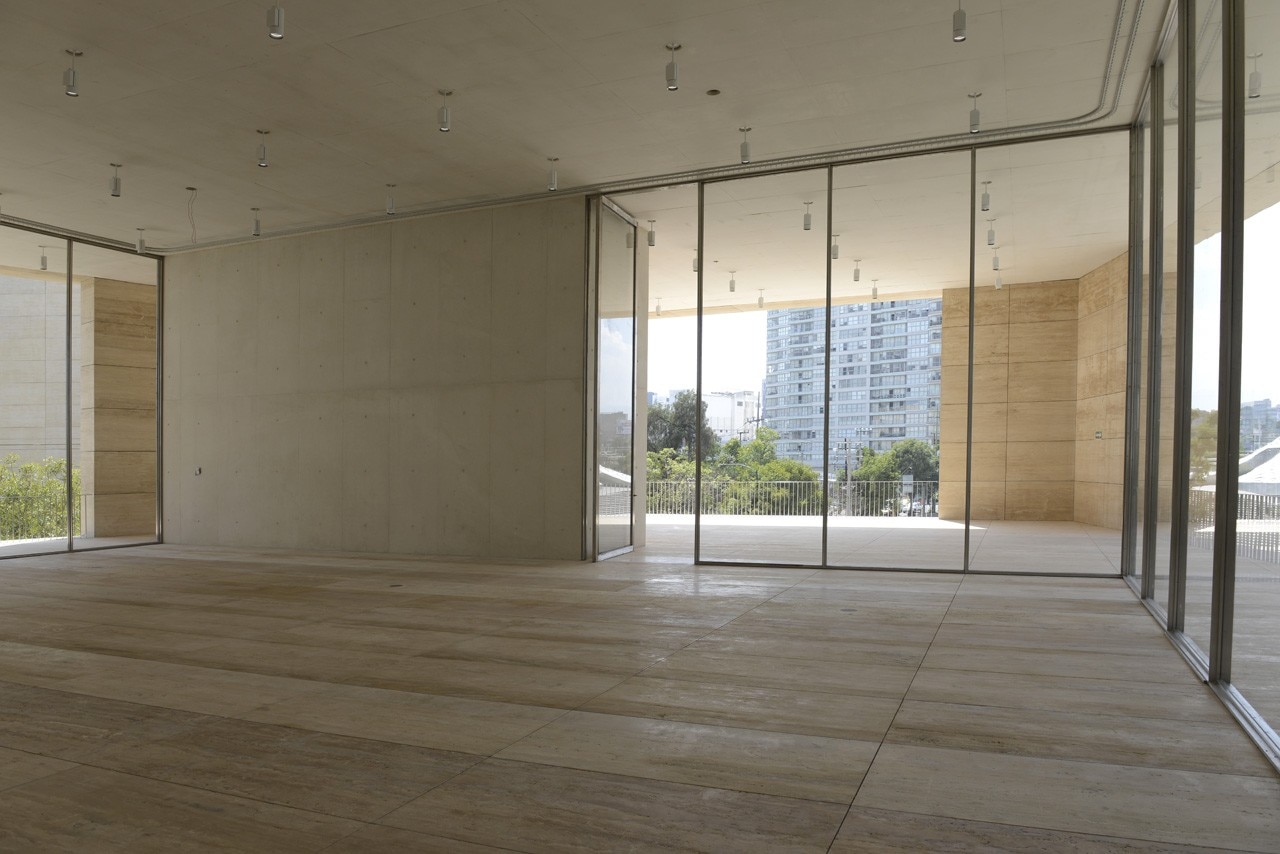
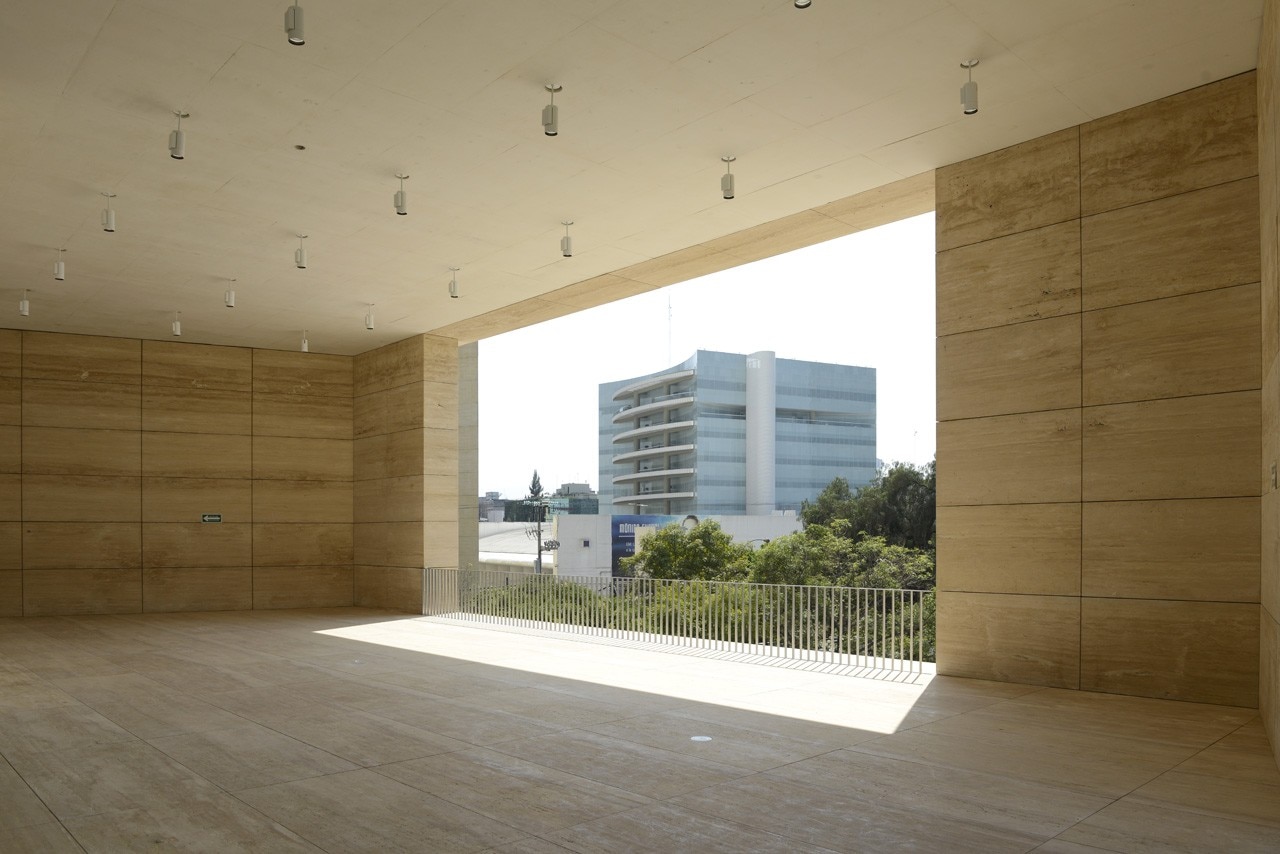
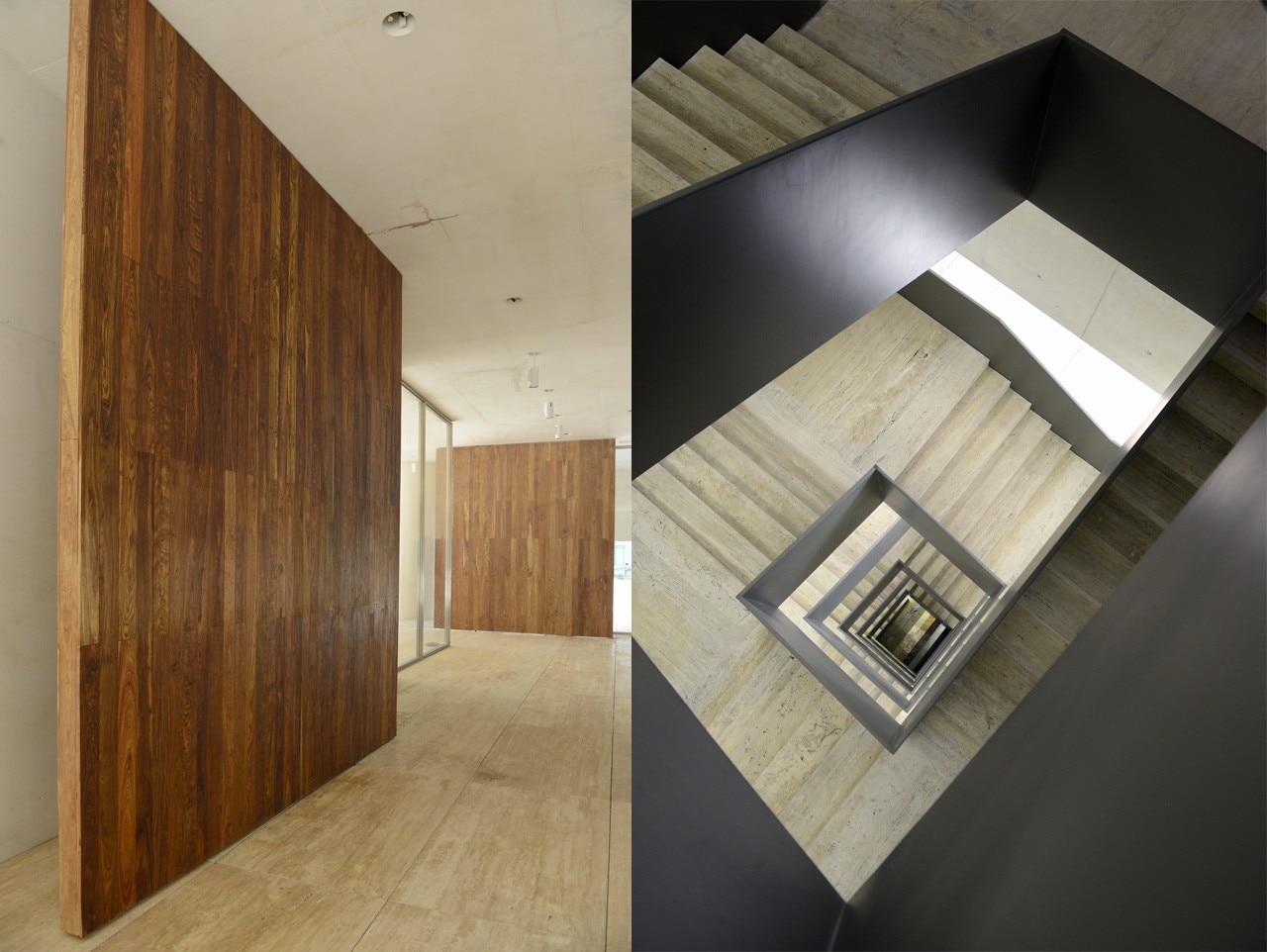
With the help of local partner firm TAUU, led by architect Óscar Rodríguez, instead of turning the building’s back on it, Chipperfield embraced the challenges of context. A first version of the project broke up the structure into a series of small boxes, but was discarded because the nature of the collection demanded big, open galleries. So the building went vertical, its awkward geometry softened by refraction.
When necessary, the project was rethought and reworked on site, so very few things seem out of place. To push back from the difficult setting, Chipperfield focused on the more positive aspects of context: a benign climate that allowed for an open, terraced envelope; and the availability of a dedicated and unexpectedly qualified local workforce that cut and turned the stone on the facade by hand, creating a soft, natural variation effect. If one thing sets the building apart from its neighbors it’s the sharp attention to detail that is present in Chipperfield’s best work. The building even leaves some room for humor: the stone facade is a sly wink to the luxury mall across the street, Antara Polanco, designed by Javier Sordo Madaleno in 2006, clad in prefab imitation travertine concrete in the same milky beige hue.
According to Chipperfield, “a room without a connection to the outside is not a room”
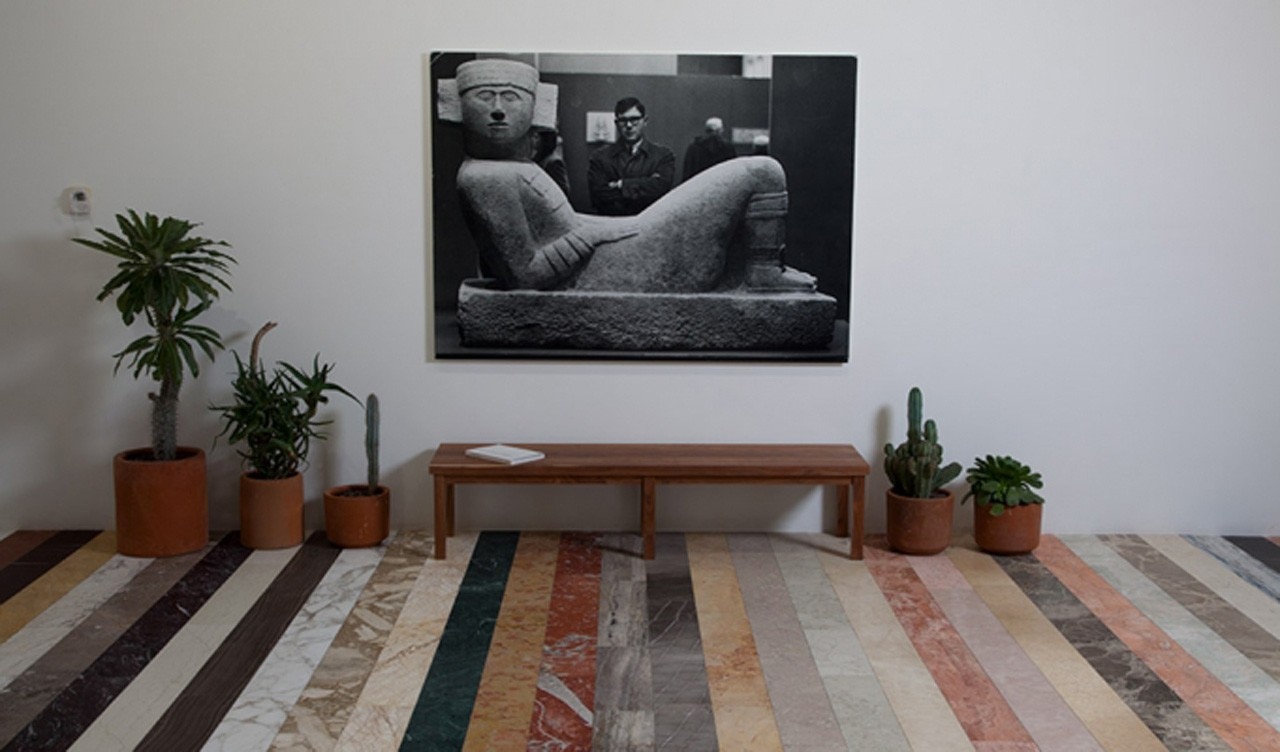
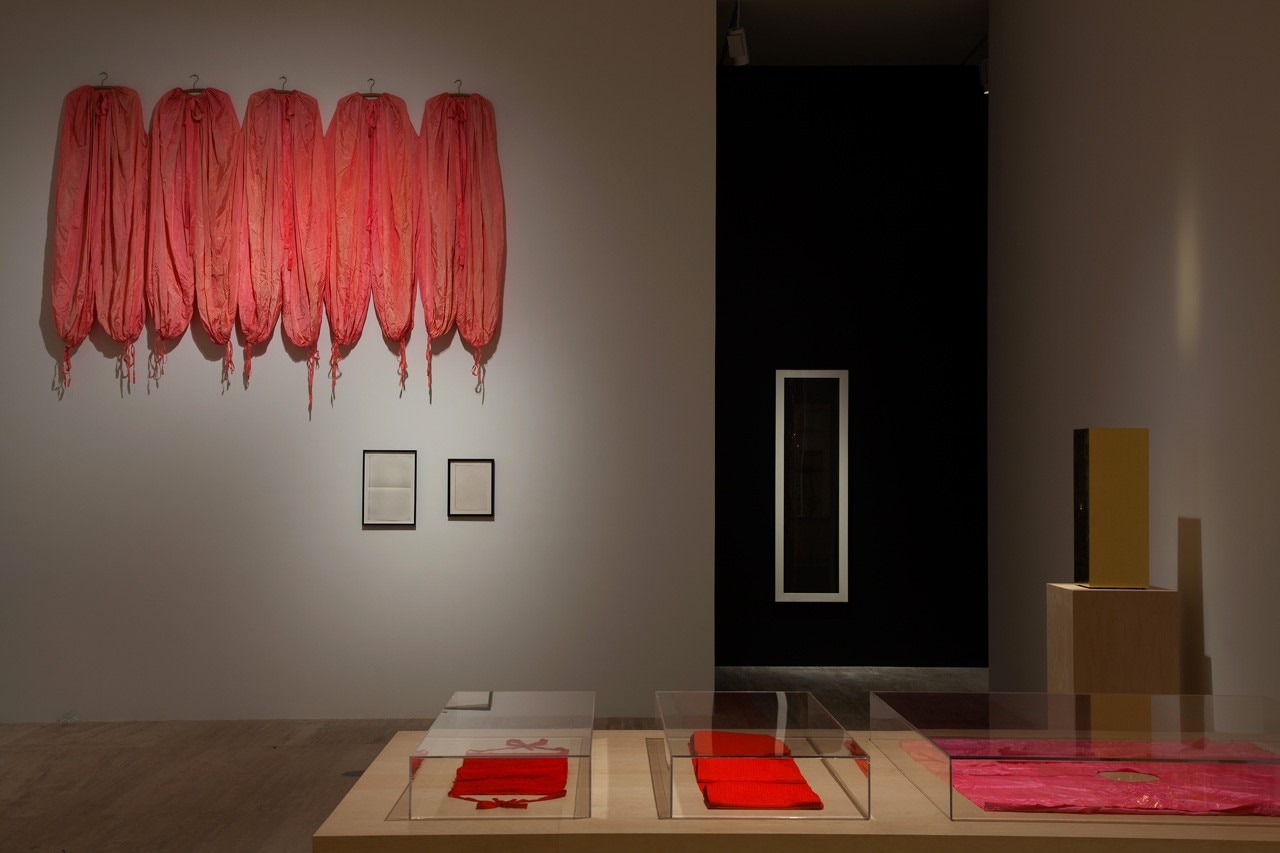
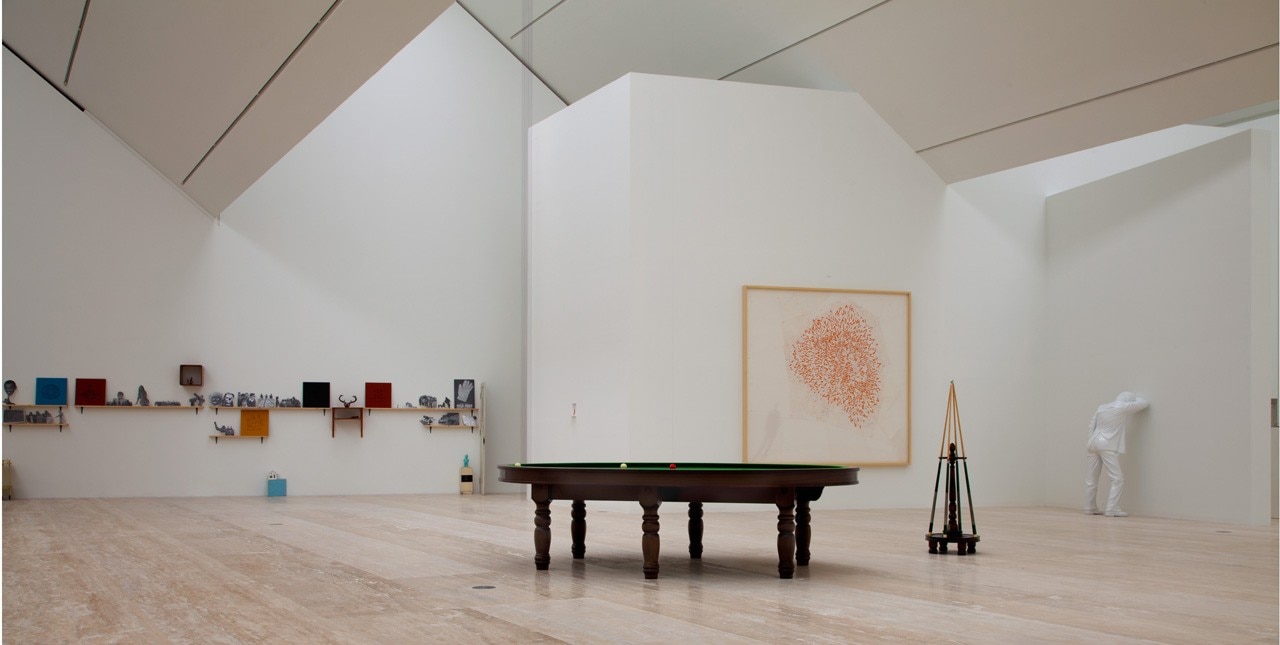
The question is how a private institution can assume an even more ambitious public role as vehicle for cultural and social change
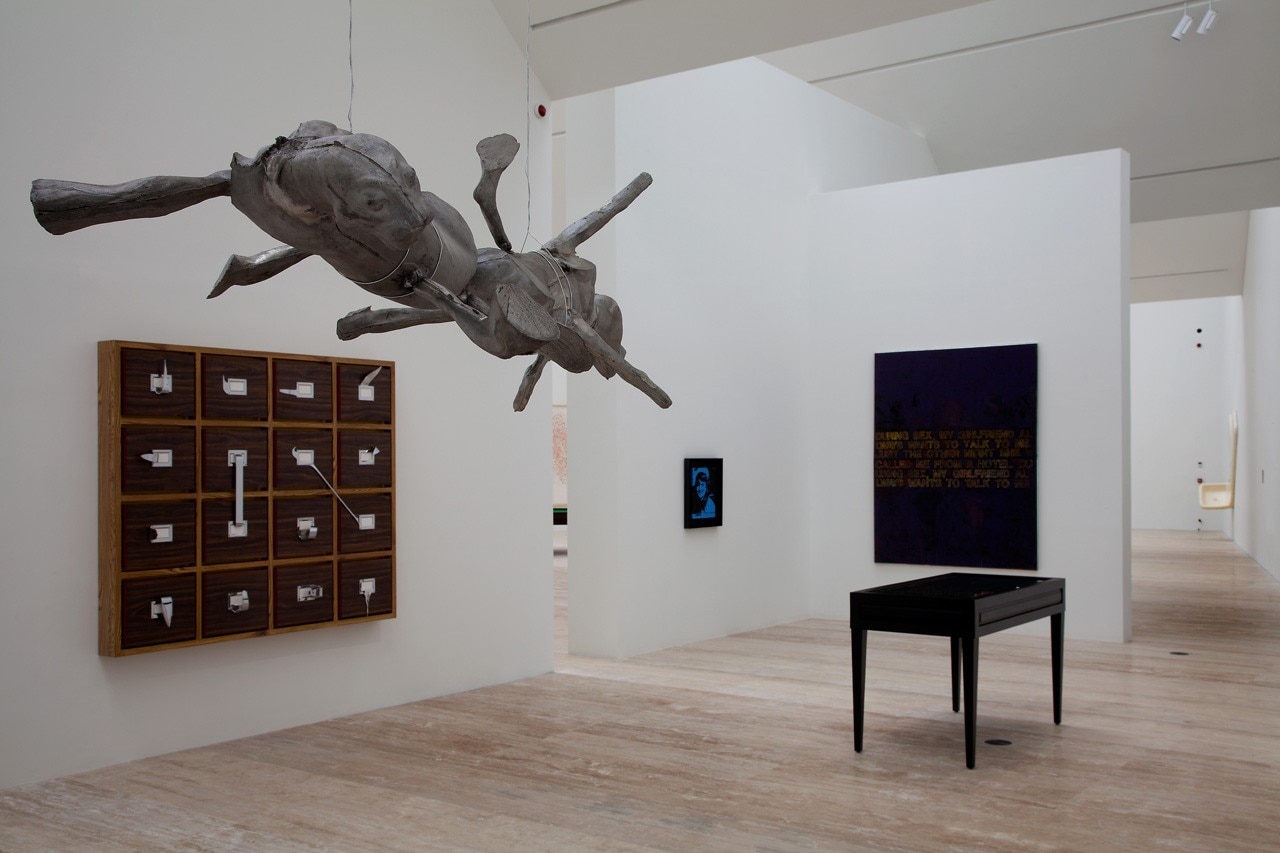
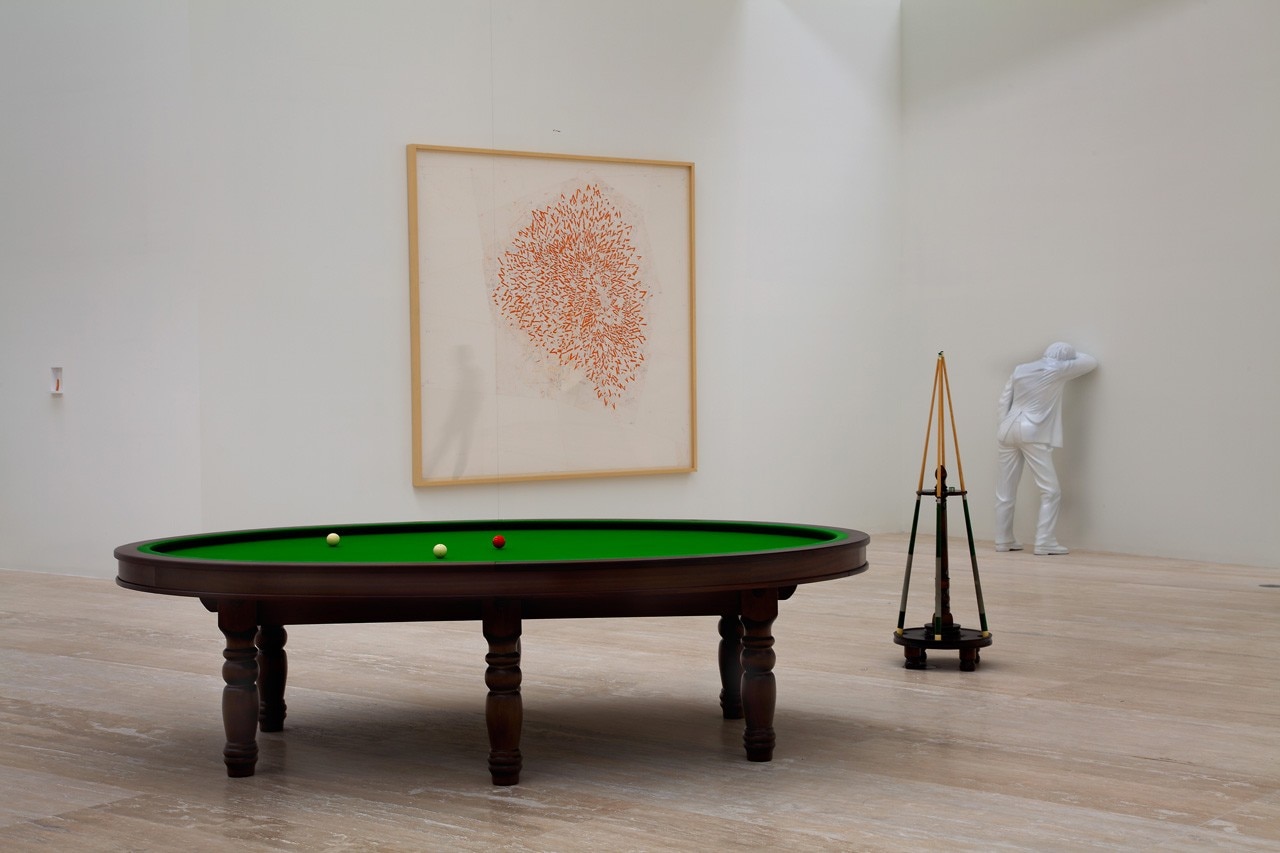
The Jumex wants to be social and cultural infrastructure: the museum as a public platform. It remains to see if this blurring of the lines between private and public, between the popular and the obscure, will actually be able to connect with a wider public, to create not only a “destination” but a hub of creative and specially critical activity around contemporary culture (which is actually lacking in the city) and channel these energies towards public good. The elements are all there, and they are definitely off to a good start.


